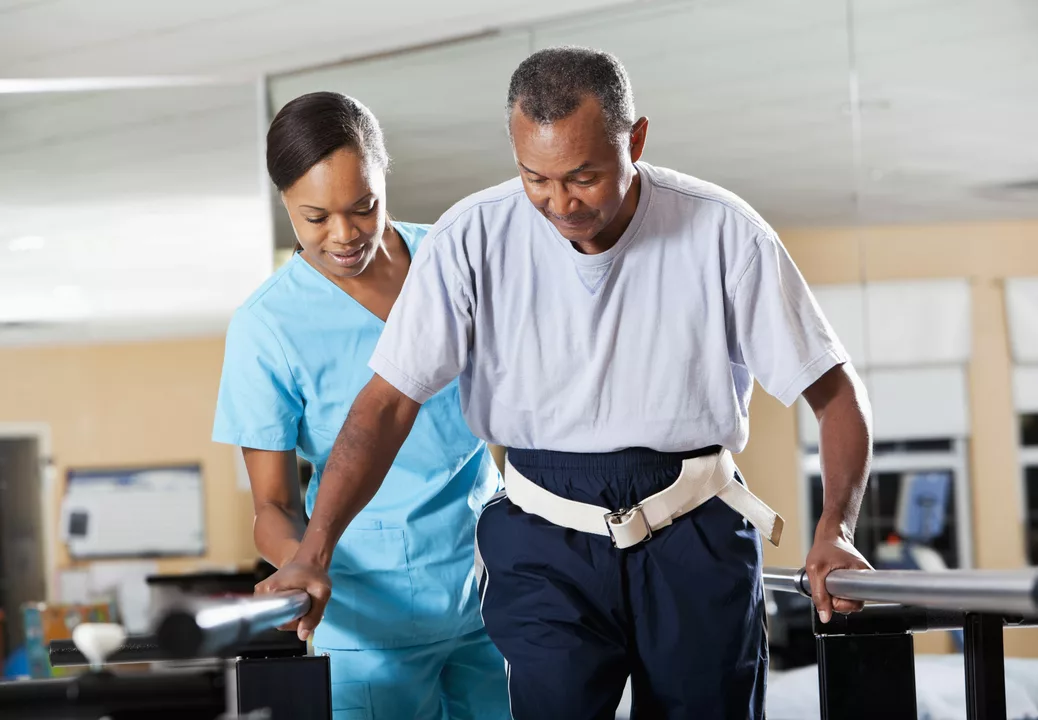Dizziness management: practical steps to feel steady again
Hit by a sudden spin or lightheaded out of nowhere? Do this first: sit or lie down and keep your head still until the feeling eases. If you feel faint, put your feet up to raise blood flow to your brain.
Quick fixes and safety
Avoid driving or climbing until you are confident the dizziness is gone. Remove tripping hazards, turn on lights, and use a cane or handrail if you need extra stability. Sip water slowly - dehydration and low blood pressure commonly cause lightheadedness. Check for medicine culprits: blood pressure pills, sedatives, some antidepressants, diuretics, and strong pain meds can all trigger dizziness.
When to see a doctor
Call emergency services if dizziness comes with chest pain, sudden weakness on one side, trouble speaking, severe headache, or fainting. Book a clinic visit if spells are frequent, last more than a day, or affect walking and daily life. Your provider will likely check orthostatic blood pressure, review meds, and test for positional vertigo with a Dix-Hallpike maneuver.
If tests point to BPPV, the Epley maneuver often stops the spinning by moving tiny crystals in the inner ear back to the right place. You can learn Epley from a trained clinician or a trusted clinic video; don't force the moves if they cause severe nausea. Vestibular rehab - short balance and gaze exercises done daily - helps people who have ongoing dizziness adapt and improve walking. A simple gaze exercise: pick a spot on a wall, focus on it while slowly turning your head side to side for one to two minutes. Start gently and build time as symptoms allow.
Short-term meds like meclizine or prescription anti-nausea drugs can ease symptoms but don't fix the cause. For low blood pressure, simple changes - more water, extra salt if your doctor agrees, and slow position changes - often help. Limit alcohol and avoid jumping into hot baths right after standing - both can worsen lightheadedness.
Keep a short diary: when dizziness starts, what you were doing, how long it lasted, and any medicine changes. That log helps your clinician spot patterns like position-triggered BPPV or medication timing issues. If dizziness keeps you from work, causes falls, or doesn't get better with simple steps, ask for a referral to ENT, neurology, or a vestibular therapist. Small changes often make a big difference - and getting a clear diagnosis saves time and worry.
At home you can check for orthostatic drops: lie down for five minutes, measure pulse or blood pressure, then stand and check again after one and three minutes. A fall of about 20 mmHg systolic or 10 mmHg diastolic when standing often signals orthostatic hypotension and deserves attention. If dizziness comes with hearing loss or a ringing ear that fluctuates, mention Meniere's disease to your clinician - it requires specific follow up. A brain scan is rarely needed unless neurological signs appear, like double vision, weakness, or a new severe headache. Bring a list of meds plus brief symptom notes.

